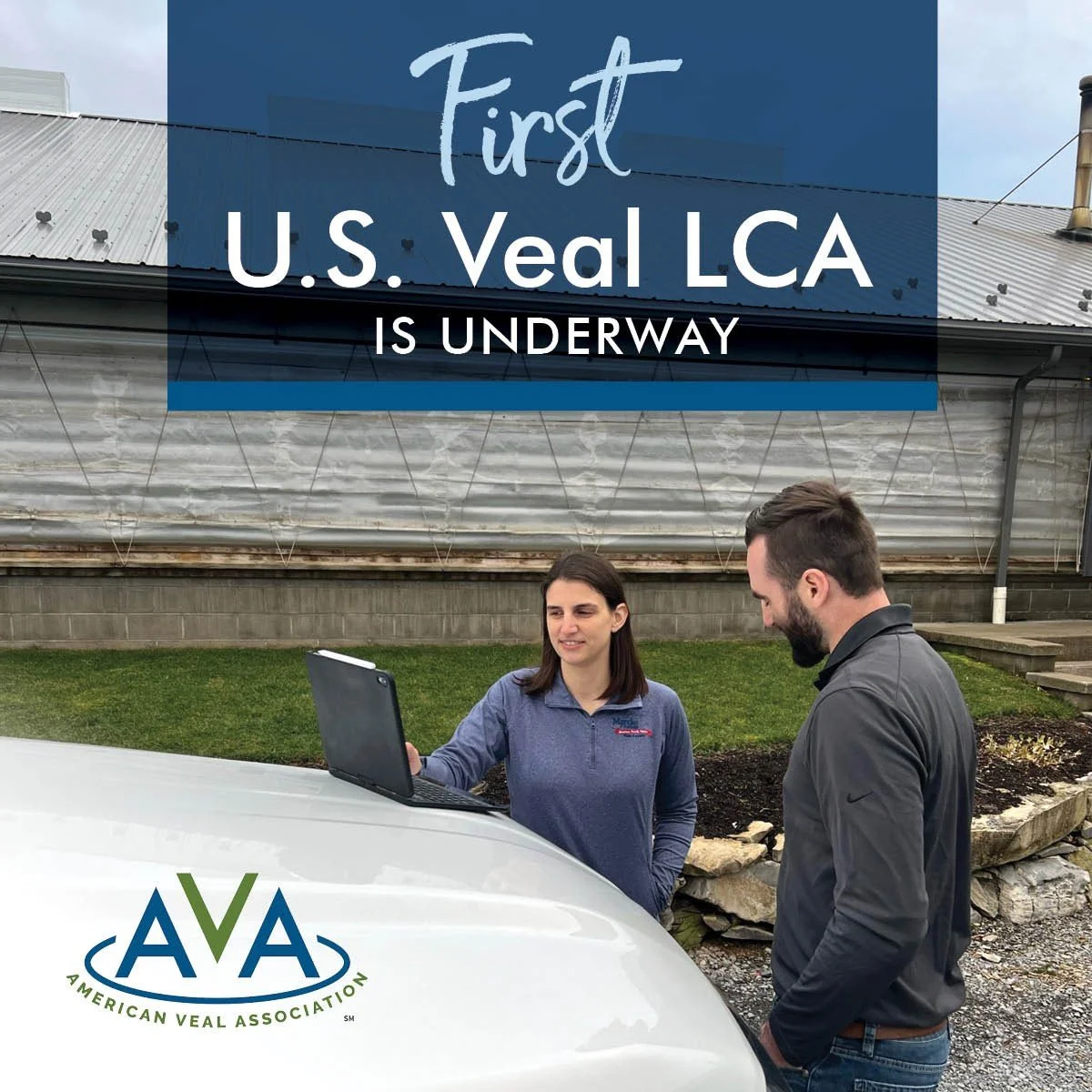This is our BLOG. It’s about VEAL and we’re committed to sharing GOOD information. So yes, it’s a VEAL GOOD BLOG. We hope you enjoy learning more about American Veal.

As reported in Lancaster Farming, a 2025 study shows that veal has a smaller environmental footprint than beef and is on par with pork and chicken in terms of greenhouse gas emissions.
American Farm Bureau Federation President Zippy Duvall was invited to Indiana by the Indiana Farm Bureau to learn more about the issues impacting agriculture and rural communities.
Nutrition is key when feeding veal calves. Farmers ensure their calves are fed a balanced and nutritious diet as health and welfare are priorities on the farm.
Are you are looking for locally produced, delicious, high protein, sustainably raised meat? American veal is the answer!
The updated Veal Quality Assurance (VQA) program reflects a science-based technical review conducted by an advisory group.
The American Veal Association (AVA) is excited to embark on the first-ever Life Cycle Assessment of the milk-fed veal industry in the United States.
As families prepare to celebrate the holidays, veal is a great center-of-the-plate option for these special occasions.
The American Veal Association (AVA) has released newly approved Ethical Commitments, an evolution of our Statement of Principles, first adopted by the organization in 2010.










